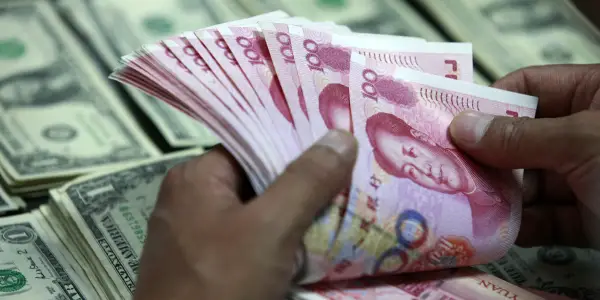02-05-2023 15:00
Since the Bretton Woods Conference in 1944, the US dollar’s been the world’s reserve currency.
Now, this status dictates that the majority of global currency reserves are held in dollars. The upside of this is that for decades, there’s been a steady global demand for dollars that tends to push the value above what would be in a neutral system. This makes imports less expensive and has contributed to the US becoming an importer nation. However, something appears to be changing. In 2001, 73% of the world’s reserves were held in US dollars, compared to 58% today. This trend has accelerated since Russia invaded Ukraine because the US decided to freeze Russia’s dollar assets.
Although the Chinese yuan has gained in status in recent years, it still accounts for only 2.7% of the world’s reserves. The Japanese yen has gone from 3.5% in 2014 to a current level of 5.5%. The rest of the gains that counterbalanced the dollar’s losses have been shared with many of the world’s currencies. Most analysts believe that the lack of a single suitable replacement is probably enough to ensure the dollar’s dominance will remain, but this is definitely a trend worth watching.
Difficult words: dictate (to influence or control), counterbalance (to have an equal but opposite effect on something in a positive way), dominance (a leading position).
You can watch the video news lower on this page.
The post World’s currency reserves – level 3 appeared first on English news and easy articles for students of English.

